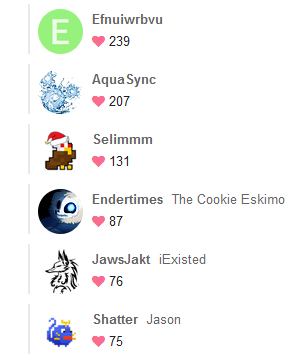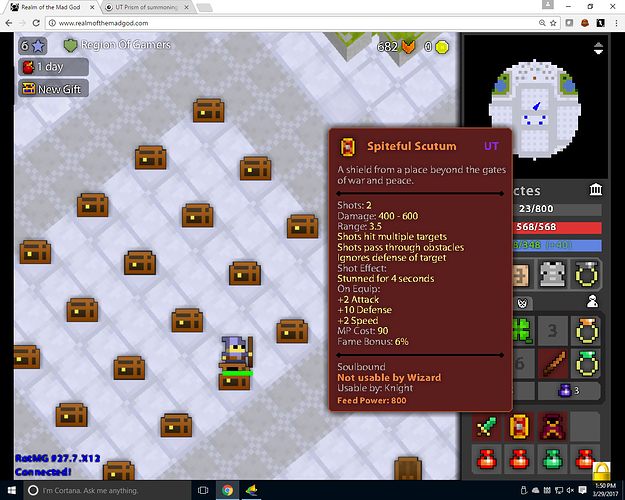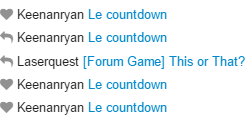it’s disgusting… what are you doing to your graveyard… d0_od boi…
[Forum Game] Paste whatever's on your clipboard!
A seemingly impossible earthquake that rattled New Zealand last November casts doubt on how well seismologists can forecast quakes involving multiple fault lines.
Retracing the path of the magnitude 7.8 temblor using satellite and seismic data, researchers discovered that the earthquake involved at least 12 major faults and was far more widespread and powerful than predicted by seismic hazard assessments at the time. Such assessments are crucial to designing buildings that can withstand potential earthquakes.
In total, the November 14 quake released pent-up energy along more than 170 kilometers of faults, including faults thought to be too spread out for a rupture to jump from one to the other, the researchers report online March 23 in Science.
“This crazy event showed us just how little we knew,” says study coauthor Ian Hamling, a geophysicist at GNS Science in Avalon, New Zealand. Many current earthquake simulations artificially limit how far a rupture can hop from one fault to another. Those restrictions, Hamling says, should be toned down or even removed. “We need to rethink these complex events that our current understanding just doesn’t accept as a scenario.”
Complex quakes, which involve multiple faults, have been particularly difficult to study, and there is a dearth of data on them, says Thomas Jordan, director of the Southern California Earthquake Center in Los Angeles. His team recently relaxed restrictions on how far an earthquake rupture can jump from one fault to another in computer simulations that forecast California earthquakes. Making those earthquake predictions more accurate will require more observations of complex quakes, both in California and in places such as New Zealand, he says.
Epicenter
The November 14 earthquake that struck New Zealand began in the northern part of the country’s South Island before propagating northward across at least a dozen major faults. The red line notes the boundary between the Australian and Pacific plates.
USGS
New Zealand’s shaky ground is caused by the ongoing collision of the Australian and Pacific tectonic plates. As the Pacific plate slides under its Australian counterpart at a rate of about 39 to 48 millimeters per year, segments of the two plates snag on each other.
Stress builds along these faults for decades or centuries until the two sides suddenly unstick, sliding past each other and releasing energy as an earthquake. That shaking can trigger earthquakes on nearby faults in a game of seismic hopscotch. A seismic event’s overall intensity depends in part on the total length of ruptured faults.
The calculations used to predict future quakes often assume that a rupture can’t jump from one fault to another if the gap between them is more than 4 or 5 kilometers wide. And for most earthquakes, that’s the case.
The recent New Zealand quake, however, crossed a gap roughly 15 kilometers wide on its way northward from its epicenter on the country’s South Island. That’s based on a reconstruction Hamling and colleagues created using GPS measurements of ground movement during the quake and satellite observations of how the landscape shifted.
Had the rupture stopped at that gap, Hamling estimates that the quake would have released roughly a tenth the amount of energy and registered as magnitude 7.1.
The researchers aren’t sure how the earthquake crossed the gap. The rupture may have continued deep underground before returning to the surface, they propose, or traveled along previously unmapped faults near the surface that bridges the gap.
New Zealand is one of the most extensively studied and mapped earthquake-prone regions in the world — but this quake makes clear that more studies of the region’s seismology are needed, Hamling says. Any insights gleaned in New Zealand could help improve hazard assessments in less-studied areas that are prone to quakes, such as Nepal (SN: 5/16/15, p. 12).
I sexually identify as a single, Pringle, ready to mingle. Ever since I was a potato I dreamed of being thin sliced, covered in disgusting oil then heated in a medium oven until reaching climax at the micro second of golden-browness. People bully me, and say things like “what the fuck, you aren’t a Pringle”, but I know deep down they are just jealous of my inner beauty. I have already started hiding in cylinders all day, and now im improving my crunchiness by regularly burning my sides on the stove. I want you guys to respect my natural ability to instantly satisfy low salt carb cravings, and if you don’t you are oppressing me, and you should check your diabetes type. Thank you for being so understanding.
Would like it, not b/c I want you to get banned, but b/c I want to see whether OB would enforce that stupid rule.







